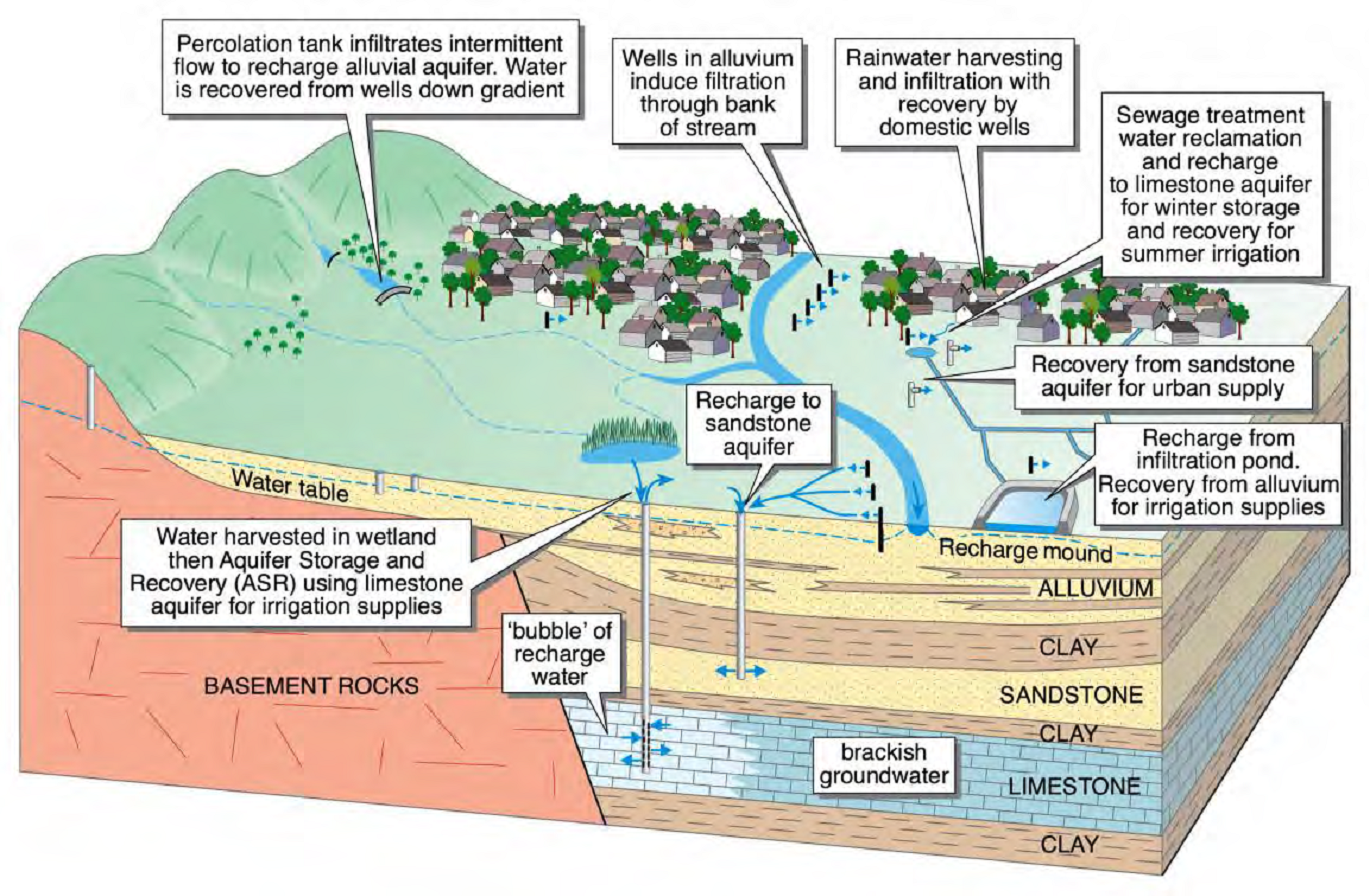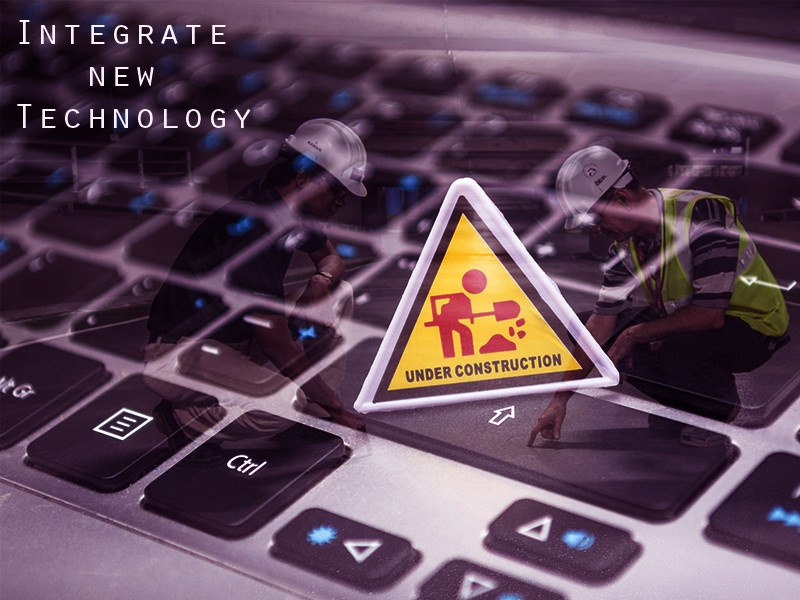How Does Architecture Incorporate Principles Of Sustainable Water Management?

As the world population continues to grow, access to clean water has become a pressing issue. Some regions of the world already face water scarcity, and it is only expected to get worse in the coming years. The good news is that there are sustainable water management practices that can help to conserve this precious resource. In this post, we’ll explore some of these practices and how they can benefit both the environment and society.
1. Rainwater Harvesting
Rainwater harvesting is the collection and storage of rainwater for later use. This practice can help to reduce the demand for municipal water, which reduces the amount of energy needed to treat and transport that water. It can also help to ensure that water is available during times of drought.
There are many ways to collect rainwater, such as using storage tanks or barrels, or directing the water to a garden or other outdoor space. The collected water can be used for many purposes, such as watering plants and gardens, flushing toilets, and washing clothes.
2. Drip Irrigation
Drip irrigation is a method of watering plants that conserves water and reduces the amount of energy needed to pump and transport water. With this method, water is delivered directly to the plant’s roots through small, slow-dripping devices, rather than spraying a large area with sprinklers.
Drip irrigation systems can be expensive to install, but they can save a significant amount of water in the long run. They also help to reduce soil erosion and promote healthier plant growth, as the water is delivered directly to the roots.
3. Graywater Recycling
Graywater is the wastewater that comes from household sinks, showers, and washing machines. While this water may not be suitable for drinking, it can still be used for many other purposes, such as watering plants and gardens.
Graywater recycling systems can be installed in homes to collect and filter this water for later use. Not only does this help to conserve water and reduce the demand for municipal water, but it also reduces the amount of wastewater that needs to be treated, helping to reduce pollution in rivers and oceans.
4. Xeriscaping
Xeriscaping is the use of low-water landscaping techniques to reduce the amount of water needed for outdoor spaces. This practice involves using plants that are native to the area or are drought-tolerant, and designing landscapes to use natural features such as rocks and slopes to retain moisture.
Xeriscaping can help to reduce the demand for water in dry regions, and can also save money on water bills. It also creates habitats for wildlife and reduces the need for mowing and other landscape maintenance activities.
5. Water Metering and Monitoring
Installing water meters and monitoring systems can help to identify areas where water is being wasted. By tracking water usage and identifying leaks or inefficient appliances, homeowners can make changes to reduce their water consumption and save money on their water bills.
Water monitoring systems can also help to identify larger trends and issues in a community’s water usage, such as seasonal spikes in water demand. This information can be used to develop more effective water conservation programs and policies.
6. Dual-Flush Toilets
Dual-flush toilets have two different settings for flushing – one for solid waste and one for liquid waste. This helps to reduce the amount of water used for each flush, as the liquid waste setting uses significantly less water than the solid waste setting.
While these toilets can be more expensive to install, they can save a significant amount of water in the long run. They can also help to reduce the burden on municipal wastewater treatment plants and reduce the amount of pollution in rivers and oceans.
7. Leak Detection and Repair
Identifying and repairing leaks in pipes and fixtures can help to reduce water waste and save money on water bills. Even small leaks can add up over time, wasting hundreds or even thousands of gallons of water each year.
Leaks can be detected with simple tools, such as a water meter or dye tablets. Once a leak is identified, it can be repaired by replacing a faulty fixture or tightening a loose connection.
8. Water-Efficient Appliances
Replacing old appliances with water-efficient models can help to reduce the amount of water used in homes. Appliances such as dishwashers and washing machines can be designed to use significantly less water than older models, while still providing the same level of performance.
Water-efficient appliances can also help to reduce energy usage, as less water needs to be heated and transported. This can result in lower energy bills and a reduced carbon footprint.
FAQ
What is the best way to conserve water?
There is no one-size-fits-all answer to this question, as the best way to conserve water will depend on many factors, such as the climate, geography, and local water resources. However, some of the most effective strategies for water conservation include rainwater harvesting, drip irrigation, graywater recycling, xeriscaping, water metering and monitoring, dual-flush toilets, leak detection and repair, and water-efficient appliances.
Why is sustainable water management important?
Sustainable water management is important because access to clean water is essential for human health and well-being. It is also important for the health of the environment, as many ecosystems depend on water resources for survival. In addition, water scarcity can lead to conflicts over resources and can threaten national and global security.
What are the benefits of water conservation?
Water conservation can have many benefits, including reducing the demand for municipal water, saving money on water bills, reducing energy usage, protecting natural habitats and ecosystems, reducing pollution and greenhouse gas emissions, and promoting more sustainable and resilient communities.
How can individuals contribute to sustainable water management?
Individuals can contribute to sustainable water management in many ways, such as by practicing water conservation methods in their homes and gardens, supporting policies and programs that promote sustainable water management, reducing their use of single-use plastics that contribute to water pollution, and learning more about the local water resources and challenges.
By implementing sustainable water management practices at the individual, community, and global levels, we can help to ensure that clean, safe water is available for future generations.




Post a Comment for "How Does Architecture Incorporate Principles Of Sustainable Water Management?"